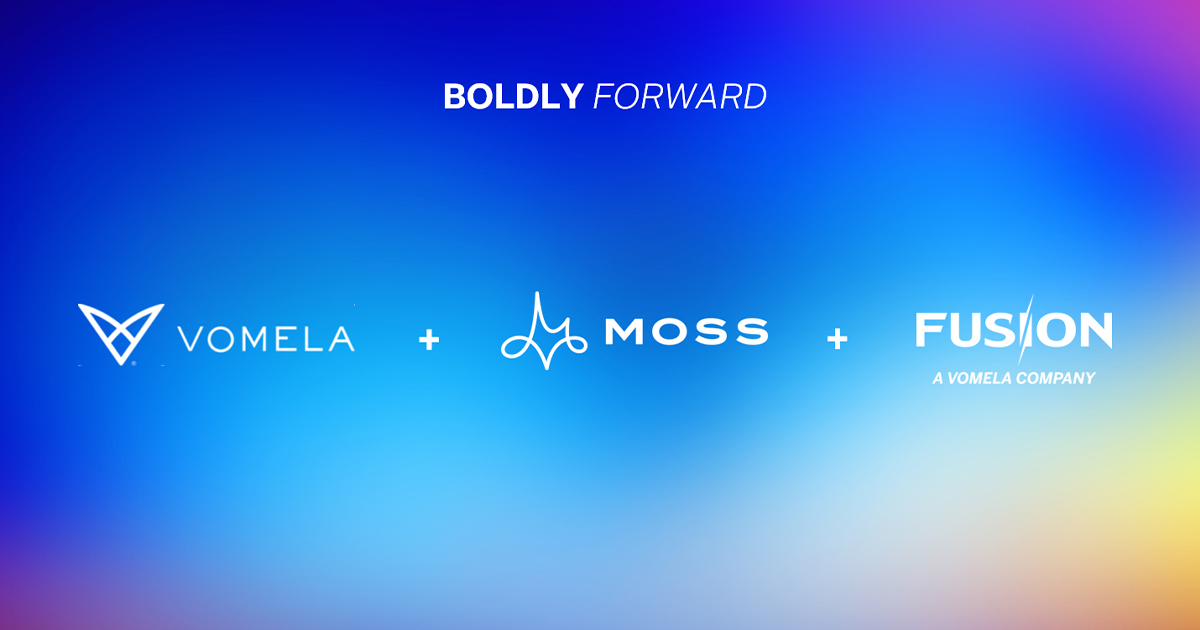
Marketing Life in the Luxury Lane

PFL recently published an e-book titled, PFL’s Essential Guide To: Celebration & Recognition—A Win-Win, in which we explore how customer recognition boosts brand loyalty, people-to-people connections, and engagement. In fact, these celebratory moments serve as the foundation for a far more evolved approach to marketing.
Modern marketers, therefore, must see the value in moments of celebration, understand how to create them, learn how to start multiplying milestones, and acknowledge direct mail as a key to bringing this all to life.
Moments of celebration capture us at our best and commemorate our achievements. These moments create a feeling of pride, and that’s where the power lies. For this e-book, PFL interviewed, among others, Jan-Patrick Schmitz, CEO at John Hardy, to learn more about how customer celebration plays out in the luxury-retail world.
“Understanding your consumers is key to creating meaningful celebrations and interactions with them,” Schmitz told PFL in an email interview. “But, even with direct mail, the obstacles are formidable.”
The main challenge, he said, is that we are bombarded by all sorts of information: “It’s everything from print to digital. Yes, printed mail these days is the rarer form—which is certainly an advantage—but, in one way or another, we are getting some kind of communication, literally, every minute of every day.”
Schmitz pointed out that, today, with physical mail having something of a renaissance, consumers are going to see more direct mail than ever before. This makes doing it well—getting mail to the right person, with the right message, at the right time—more important than ever. “What this means,” advised Schmitz, “is that having solid data about your clients and customers is imperative. What type of business have they done with you? What milestones have they reached?”
Expanding the Portfolio
The CEO’s experience is predominantly in the luxury-consumer realm, having founded Muirbury & Co.—a brand-development firm that helps companies build their “premium consumer brands”—as well as having held board and C-level roles with Wüsthof Group, Montblanc, and Steiff Group. “In my business life,” Schmitz explained, “most milestones are related to buying luxury products. So, I am always interested in, not only the value of those products—has the customer reached certain purchase volumes and dollars, for example—but are they expanding the portfolio of products they are buying from me.”
Schmitz believes that there are moments of recognition and celebration to be found when a customer is expanding their joy for a brand by adding products from collections they hadn’t delved into before. “By keeping track of that kind of data, you can decide what is worthwhile to celebrate.”
“I've actually written handwritten letters to some people,” Schmitz said, “handwritten notes in which I've recognized them. It’s also important to respond when consumers and customers reach out to you as a brand.”
While he is a big fan of celebration and recognition, he thinks sometimes it can be too much of a good thing. “There are way too many celebratory notices out there that aren't truly recognition. That’s when it becomes noise, merely irritating to the consumer and not pride-inducing,” he said. “We start deleting messages or not even opening envelopes when we just feel there is a flood of collateral coming our way. So, it’s imperative to be mindful about it and find a good rhythm for these things.”
Tech Drives Personalization
Technology, Schmitz believes, allows you to drive personalization. He said that he has often had his team track customer spending or interaction with one of his brands, and they would bring to his attention clients that they thought worthwhile to recognize.
“I've actually written handwritten letters to some people,” Schmitz said, “handwritten notes in which I've recognized them. It’s also important to respond when consumers and customers reach out to you as a brand.”
But it’s not a one-way street, he noted. When consumers have a question or a comment or a concern and they reach out to one of his brands, he always makes it a point that the company—either him, if it was addressed to him, or the appropriate person within the organization—responds to the person. “People don’t always realize that this is a form of recognition as well,” Schmitz observed.
This attitude holds true for complaints, too. “We would recognize a mistake or a point of concern and respond—not with a generic text, but with a truly personal message that addressed their concern. Paying that kind of attention to customers is also recognition”
Dinner? Coffee?
So, what else does celebration look like in the luxury-consumer world? Schmitz explained: “When I’m traveling, and I know there was a high-net-worth individual in a certain region or where we had a store, I will often reach out to them and meet for a coffee and dinner.”
Some other things his brands would do? Inviting special customers to an arts or music performance is one form of recognition. “At the highest level,” said Schmitz, “either me or some other very senior individual in the organization would spend time with that client in some special way to create a moment that they would always remember.”
In the end, says Schmitz, celebration could be very simple, too. “We would send special gifts or little items we knew the customer would like to express our appreciation—or our apologies.” Even in the luxury world, little things count.




